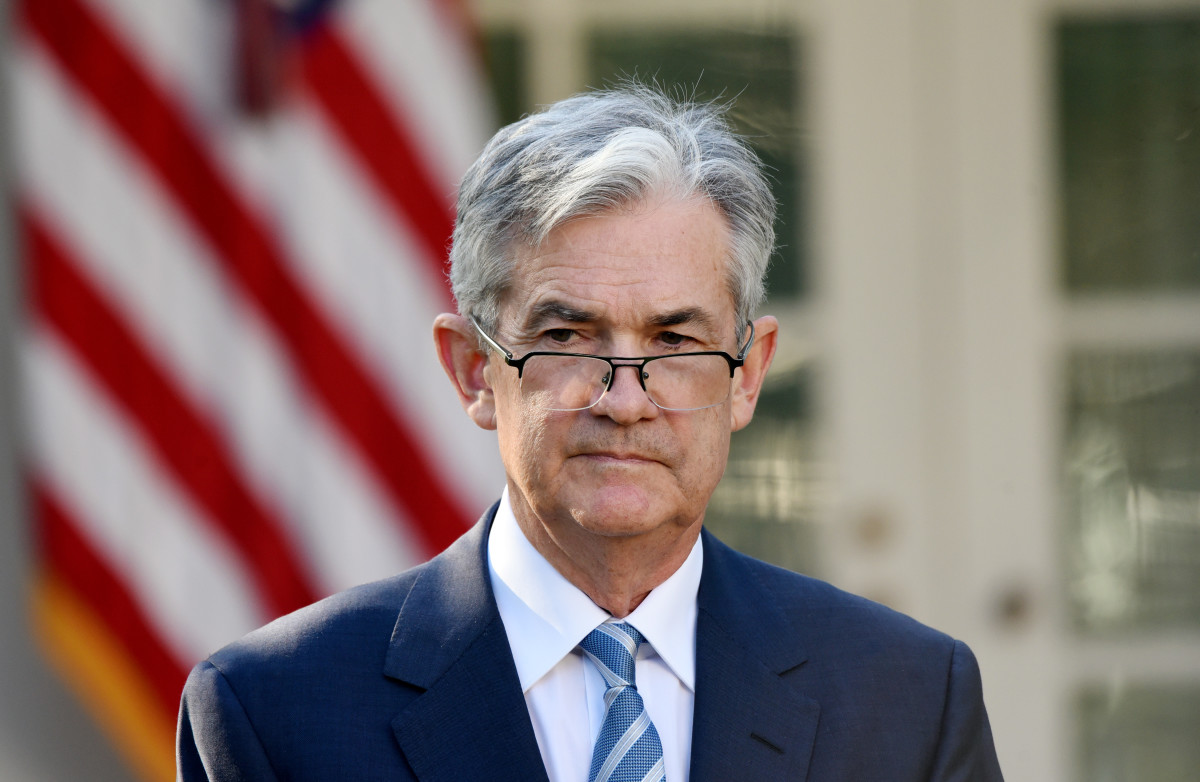
U.S. retail sales rose firmly again last month, Commerce Department data indicated Friday, suggesting consumer spending and sentiment remains healthy into the final stretch of 2024 and should support broader growth prospects heading into next year.
Headline sales rose 0.4% last month to a collective tally of $718.9 billion, stronger than economists' consensus forecast of a 0.3% gain but around half the pace of the revised gain of 0.8% for September, which was reset at $716 billion.
The closely tracked control-group number, which excludes autos, building materials, office supplies, gas-station sales and tobacco, and feeds into the government's GDP calculations, slipped 0.1% on the month, falling notably shy of the Wall Street consensus forecast of a 0.3% gain.
The September control group reading, however, was revised firmly higher to a gain of 1.2%.

Olivier Douliery/Bloomberg via Getty Images
"Retail sales inched past economists' expectations, but it was the September revisions that really stood out," said Brent Kenwell, U.S. investment analysts at eToro. "At the time, the prior month’s readings came in significantly ahead of estimates and are now being revised even higher. It reflects a resilient US consumer even as some economic readings have cast doubt on the economy."
"While it seems like a 'catch-all' to shoulder some of the blame on Hurricanes Milton and Helene, that could have also provided some disruption to last month’s retail sales figures," he added. "Either way, the November and December sales periods are going to be critical for retailers and that’s what investors are likely focused on."
U.S. stocks extended declines following the data release, as traders bet that the solid spending tally could further pare bets on an end-of-year rate cut from the Federal Reserve.
US Retail Sales: lots of noise inside the October retail data due to the Hurricane & the large upward revisions to the September data.
— Joseph Brusuelas (@joebrusuelas) November 15, 2024
When one gets such data it’s far better to look at the three month average annualized pace. The topline showed a 5.3% pace where as the control… pic.twitter.com/kboX7TYkdX
Futures contracts tied to the S&P 500 suggest a 30 point opening bell decline while those linked to the Dow Jones Industrial Average are called 140 points lower. The tech-focused Nasdaq is priced for a 180 point pullback.
Benchmark 10-year Treasury note yields were little changed at 4.449% following the data release, while 2-year notes were up 2 basis points to 4.343%.
Related: CPI inflation sparks Fed interest rate cut bets
Earlier this week, Fed Chairman Jerome Powell said the economy was "not sending any signals that we need to be in a hurry to lower rates" following a faster-than-expected reading for October CPI inflation of 2.6% and stubborn core price pressures.
More Economic Analysis:
- Jobs report shocker puts Fed interest-rate cut in play
- Fed inflation report renews pressures, tests interest rate bets
- Fed interest rate decision and election may roil stocks
His comments, as well as investor concern that new tax, spending and tariff proposals from the new Trump administration will stoke inflation pressures, could blunt the Fed's ability to lower rates.
The CME Group's FedWatch, in fact, suggests the odds of a December cut have fallen to around 62%, down from around 85% over the final weeks of October.
“Retail sales are ending the year on a strong note, with momentum into the holiday shopping season," said David Russell, global head of market strategy at TradeStation.
"With sentiment also improving, we could see more of a general upswing in consumption," he added. "It’s good news for Main Street, but Wall Street will increasingly worry about the impact on rates. Investors don’t want Mr. Powell to take the punch bowl away yet.”
Related: Veteran fund manager sees world of pain coming for stocks







